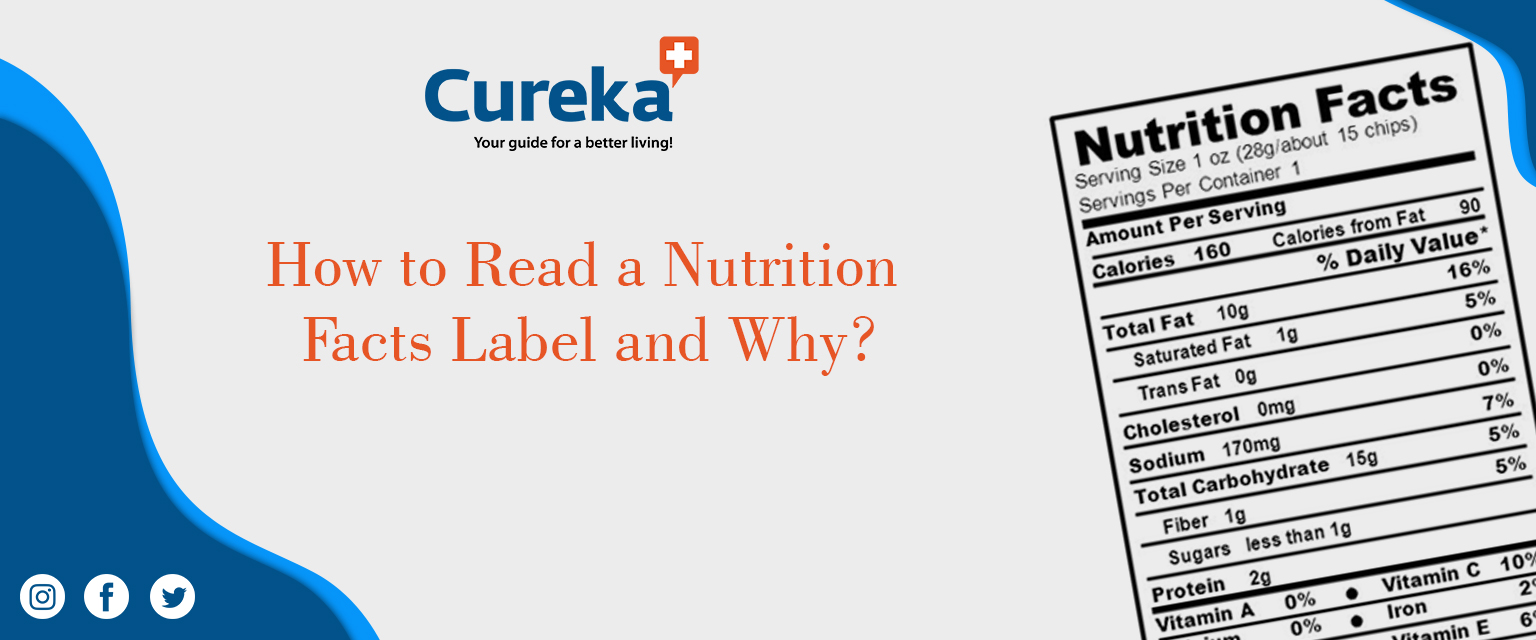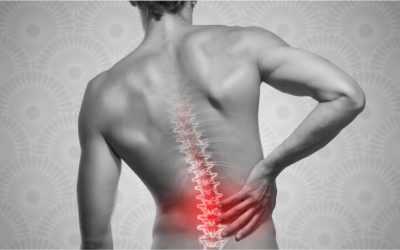How to Read a Nutrition Facts Label and Why?
Do we base our purchase of food on the labeled food facts? If not, why?
What the mind doesn’t know the eye never sees! True, how much do we value these facts and understand them?
A food label consists of 3 types of information
- Nutrition facts
- Ingredient list
- Claims.
Nutrition labels typically contain information on calories, serving size, and amounts and/or daily values of several micronutrients, vitamins, and minerals e.g., fats, carbohydrates, calcium.
Knowledge about nutrition loosely includes knowledge of diet and health, diet and disease, foods representing major sources of nutrients, and dietary guidelines and recommendations. This knowledge will enable you to pay attention to important information on a food label. You need to ignore marketing features that do not reflect salient nutritional qualities, so beware of them too.
Few commonly seen information on food labels include:
- Calories per gram, very standard information which is the same for every food. This shows how many calories are in one gram of fat, carbohydrate, and protein. This is printed on the food label for reference.
- Cholesterol and sodium salt in a single serving of food. If you are hypertensive or prone /having any kidney problems then you need to be aware and should limit the amount of cholesterol and salt in your diet.
- Fat, Protein, Carbohydrate, fiber are all given in percentage.
- Vitamins such as A, B, C, and minerals, are given in milligrams mg or micro milligrams mcg. At times foods are fortified with these. You should know the amount to be consumed to meet your daily requirements.
- Calcium, Iron, and other micronutrients may be listed depending on the products and usually mentioned as part of daily requirements.
- Sugars are only mentioned as added or not. This does not indicate it to be sugar-free. So if you are a diabetic or obese this will be of value. Nevertheless, it does not mean it doesn’t have any sugar!
The other labels one has to look for are for the Warning Labels WL usually displayed to warn against usage by children and pregnant women. Or in case a particular ingredient would cause harm. If you wish to consume these products you should consult your doctor before use.
The nutrition information on food labels is to empowers you to make a healthier choice. Different label designs and different cultures also play a role in how the labels are read and used. You have to educate yourself about good eating habits and not go by advertisements.
In spite of all this information given on the food labels, they are not used to the best possible due to lack of adequate nutrition education and knowledge and poor communication to end-users.














